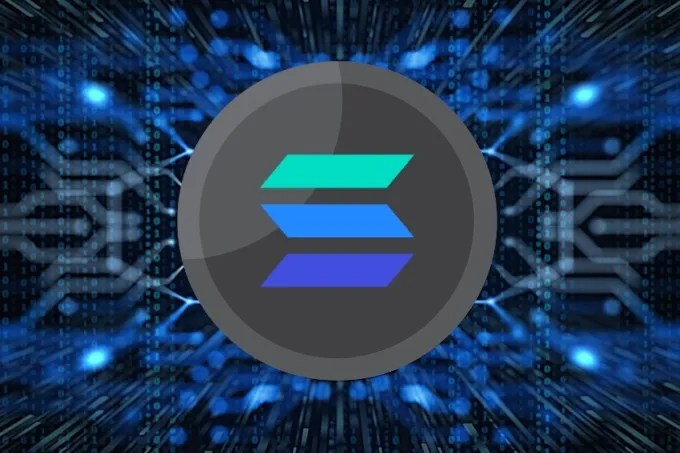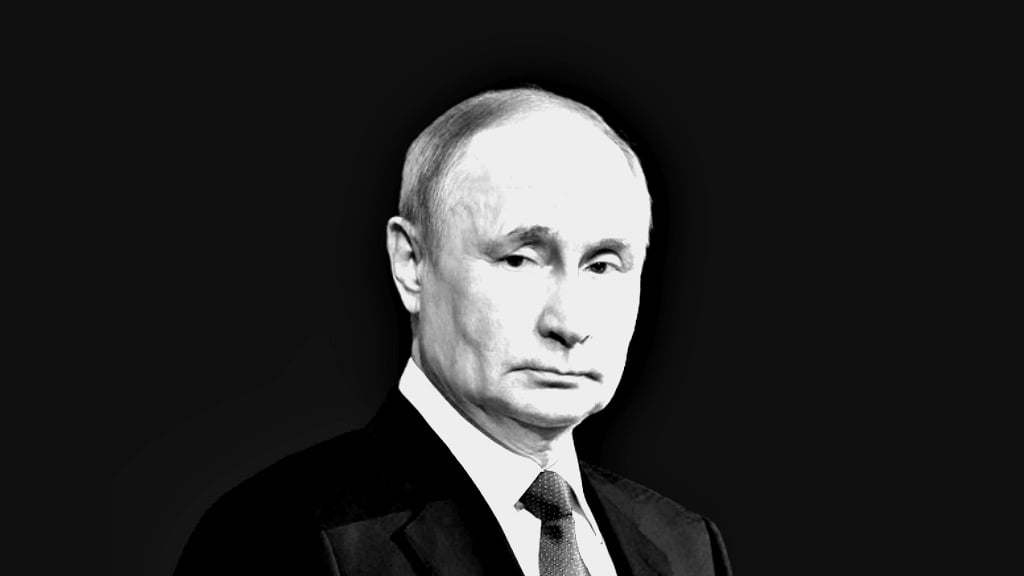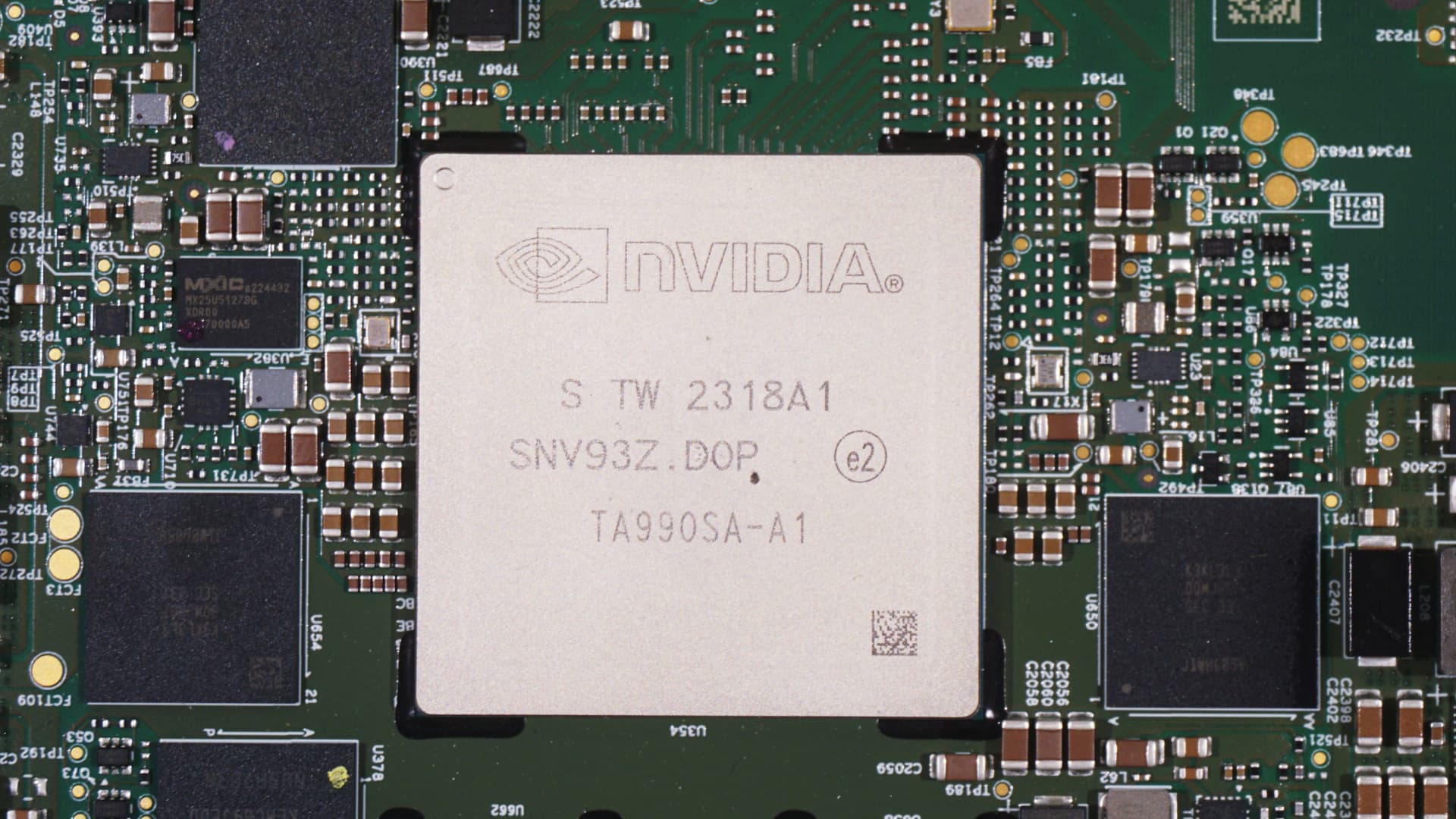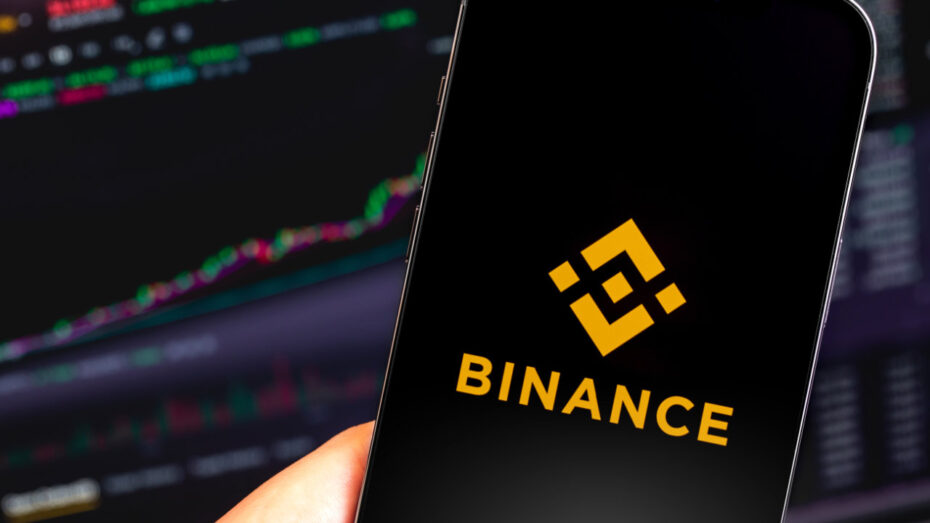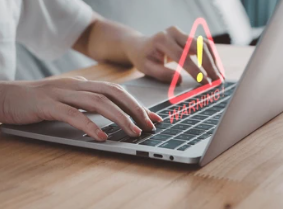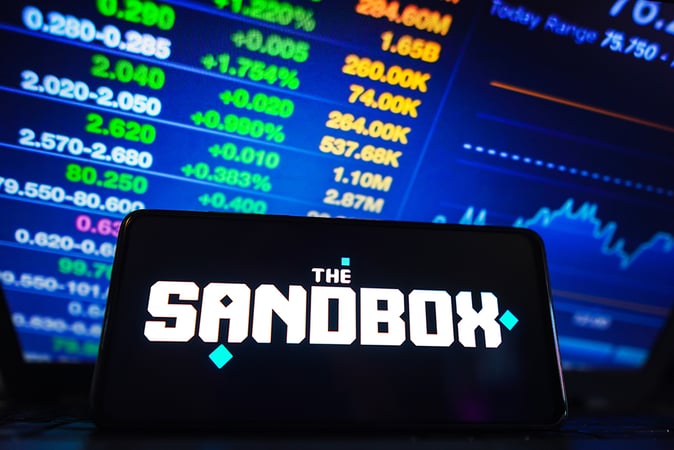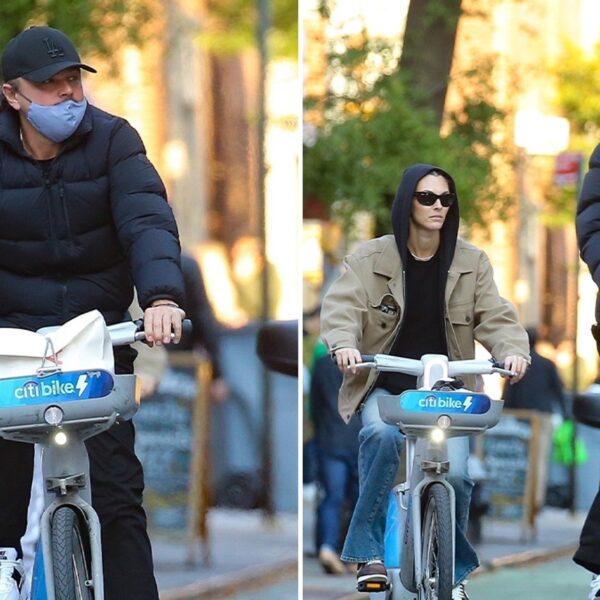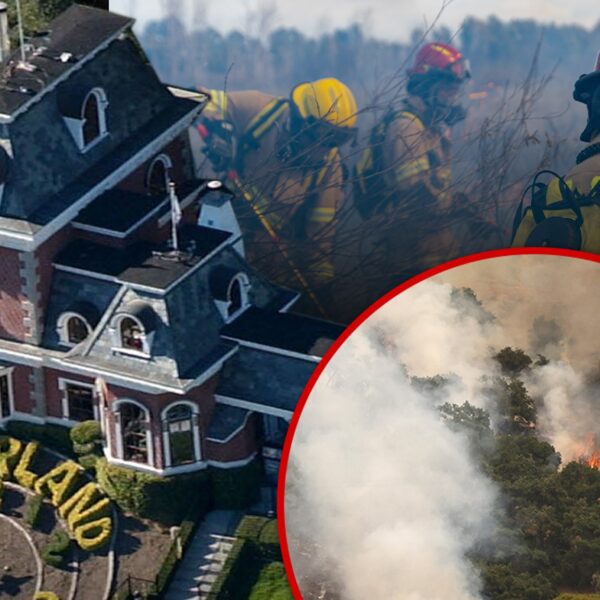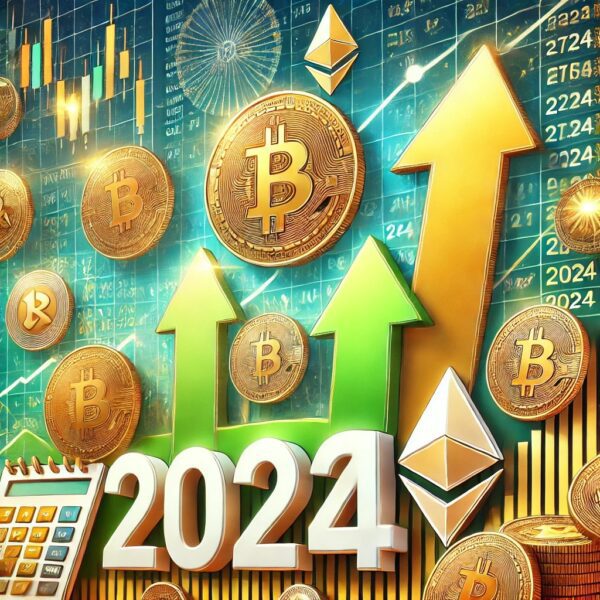As revealed on August 9, the Solana blockchain mitigated a substantial security threat through a silent patch applied across its ecosystem. This action was initiated and completed before a public disclosure was made, safeguarding the network from potential exploitation by malicious actors, as per disclosure by Laine, a prominent Solana validator.
How Solana Secretly Patched The Security Flaw
The saga began on August 7, 2024, when the Solana Foundation’s core members identified and moved to address a critical vulnerability. The first communication about the impending patch was cryptically delivered to network validators via private messages from known and verified contacts within the Solana Foundation.
These messages were secured with a hashed message which contained a unique identifier of the incident and a timestamp, providing validators a verifiable means to trust the authenticity of the communication. The hash was publicly posted by notable figures across multiple platforms including Twitter/X, GitHub, and LinkedIn, establishing a layer of public acknowledgment without revealing specific details about the vulnerability.
“This question has arisen but it’s really not that complicated. Most validators are active on Discord, many are also active in various Telegram groups, we interact on Twitter/X and might even know Anza or Foundation employees personally from Breakpoint etc. It’s tedious but not difficult to DM validators in order to pass on such messages, especially with a group of 5-8 core people all participating in this outreach,” Laine explained.
By August 8, the foundation had detailed instructions ready for validators. These instructions, dispatched precisely at 14:00 UTC, included links to download the patch from a GitHub repository managed by a recognized engineer from Anza. Consequently, validators were instructed on how to verify the downloaded files using provided SHA sums. Thus, they were able to manually inspect the changes. This ensured that operators were not blindly running unverified code.
According to Laine, the patch was critical because “the patch itself discloses the vulnerability,” necessitating rapid and discreet action. Within hours of the initial outreach, a “superminority” of the network had applied the patch, quickly followed by a “supermajority,” achieving the 70% threshold deemed necessary for the network’s security.
Once the critical threshold of patched nodes was achieved, the Solana Foundation publicly disclosed the vulnerability and the remedial actions taken. This was done to urge all remaining operators to update their systems and to maintain transparency with the broader community.
Laine concluded: “Ultimately this is the sort of thing that happens in a complex computing environment, the existence of a vulnerability is not a concern but the response matters, the fact this was caught and safely resolved in a timely manner speaks volumes to the ongoing high quality engineering efforts that are often not visible to the public, by Anza and Foundation engineers but also engineers at Jump/Firedancer, Jito and all the other core contributing teams.”
This approach sparked discussions within the community, particularly regarding the necessity and timing of confidential communications in decentralized networks. A user called @0xemon questioned on X why the initial disclosure was not made sooner.
Laine responded, emphasizing the risk of potential exploits if the vulnerability were known before a significant portion of the network was secured: “Because the patch itself makes the vulnerability clear so an attacker could try to reverse engineer the vulnerability and halt the network before a sufficient amount of stake upgraded.”
At press time, the SOL price was unfaced by the news and traded at $154.

Featured image from ONE37pm, chart from TradingView.com

